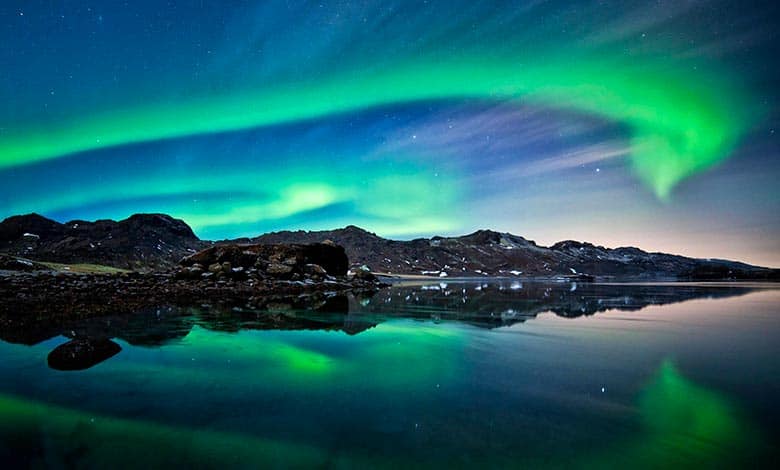
The thermosphere is the layer of the atmosphere above the mesosphere. At this point, the temperature of the atmosphere begins. That is because of the ionosphere in the top portion of the thermosphere. The ionosphere is the lower part of the thermosphere. In this region, atoms can ionize and reflect certain radio waves.
The ionosphere is created in various ways, like ionic particles from the Sun, free protons, and free electrons. These streams are in the solar wind and trapped in the Earth’s magnetic field. That creates ion electrons and atoms giving negative ions.
Protons are positive ions, the positive hydrogen ions. They spin around in this magnetic field up in the ionosphere. Ions can also be produced through high-energy ultraviolet radiation, which associates nitrogen and oxygen molecules. These ions spin and funnel towards the poles, giving us one of the most beautiful sights in nature, like the Aurora. Those ions spiral through the magnetic field toward the North and South Pole.
Temperature of the thermosphere
The thermosphere goes from 80 kilometers up to 500 kilometers. There’s almost no air. That’s why the space station is orbiting inside the thermosphere. The thermosphere increases its temperature as it increases in altitude. Kinetic energy is the energy of moving particles. When particles bounce off, vibrate, or rub against each other, thermal energy or heat is usually generated. Heat is transferred from one particle to another.
Temperature is simply a measure of how fast particles are moving. The thermosphere has a high temperature but low heat because of few particles.
- The thermosphere temperature is typically about 200° C or 360° F.
- When the Sun is more active than at other times, it is roughly 500° C or 900° F.
- Temperatures in the upper thermosphere can range from about 500° C or 932° F to 2,000° C / 3,632° F or higher.
The thermosphere particles move at about a thousand miles an hour or a thousand degrees. The particles in the thermosphere are around 1,000 degrees Fahrenheit. Why? Because there are so few of them. They can move as fast as they want. That’s why the thermosphere has a high temperature. There’s low thermal energy because the particles aren’t bouncing off or rubbing against each other.
Thermosphere cooling: Carbon dioxide has different effects on different layers of the atmosphere. When carbon dioxide enters, the lowest layers of the troposphere absorb infrared radiation from the earth. It gives up that infrared radiation as heat through collisions with other molecules.
A similar process happens as carbon dioxide rises to the highest layers of the thermosphere. But it runs in reverse. Instead of absorbing radiation and giving it up as heat, it collisions with other atoms and molecules.
Thereby, it absorbs heat and then gives off radiation, which causes cooling of the very high atmosphere. As the thermosphere cools, it contracts and settles. It causes a decrease in density at any particular altitude. This effect is measurable through studies of satellite orbits, as the lower atmosphere’s gradual warming.
More Articles:
What Is The Troposphere & Temperature
